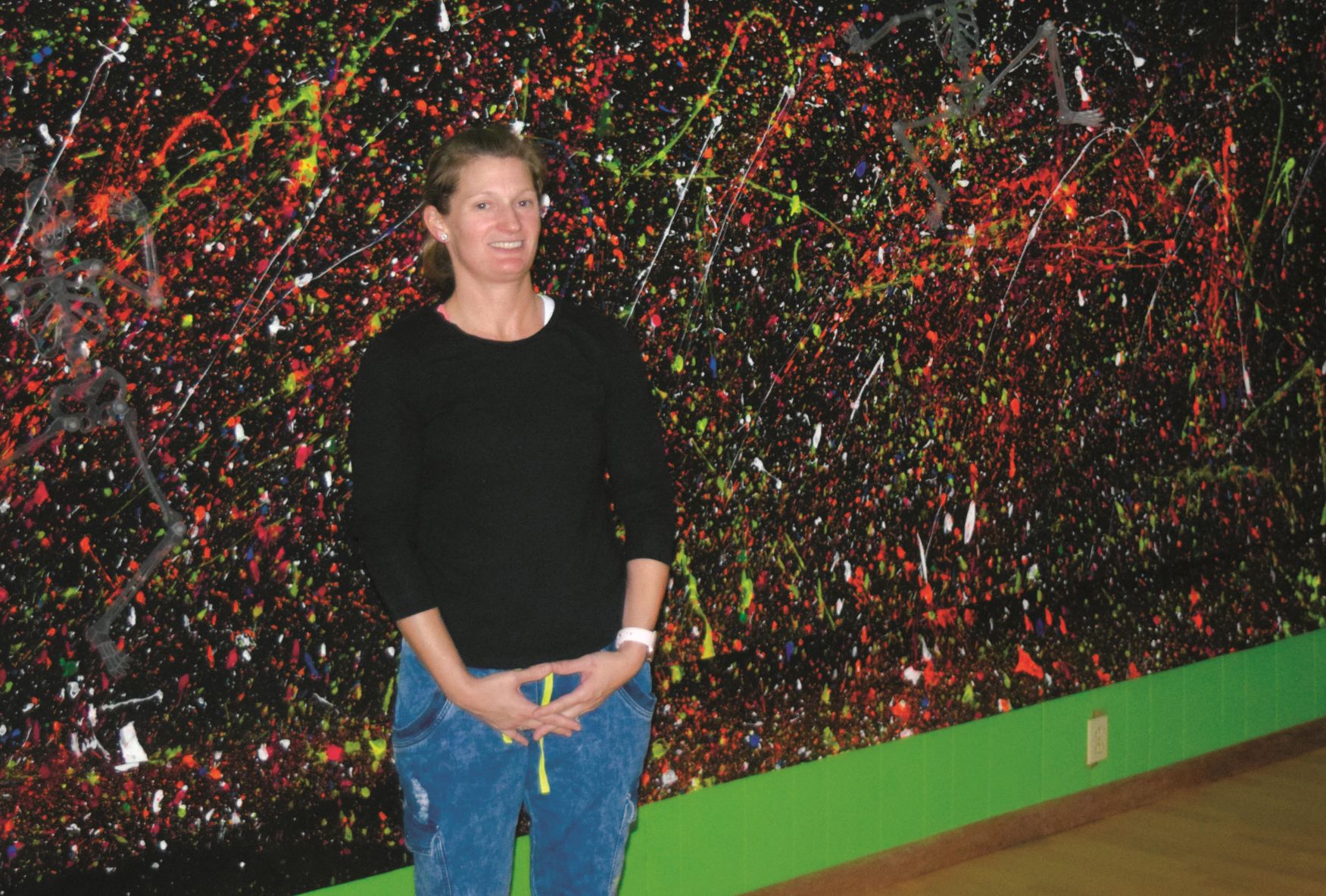
LIGHT IT UP!
October 11, 2017
Lafourche Booking Log – Oct. 10
October 11, 2017More than 115 inmates – one fifth the population of the Terrebonne Parish jail – required transport to and from court one day last week, and the parish’s sheriff says that means procedures need to change.
Sheriff Jerry Larpenter and District Attorney Joe Waitz Jr. are reviewing policies and the law to determine whether some inmates can be opted out of court appearances where their physical presence might not be required.
“I understand that they need to be there for giving guilty pleas,” Larpenter said. “But for motions or if they are just going to continue a not guilty plea, I don’t see why we should have to transport them when things can be done just as well on video camera.”
Inmates currently make their first court appearances on video piped between the courthouse and the jail. Larpenter said all he wants to see is an expansion of that practice.
The sheriff expressed his concerns to Waitz, who said he is having his staff look into potentials for streamlining the process to require fewer physical appearances.
“As long as it is within the boundaries of the law, I don’t have a problem with doing video for certain cases,” Waitz said. “I have asked my staff to look into the specifics. And the judges will also have to be on board.”
One option, Larpenter said, could be a form that a defendant fills out, giving consent to a video appearance in some instances.
One of those cannot be the entering of a guilty plea because of the various legal requirements and the extensive questioning a judge must do of the person giving the plea. Judges are required to pay close attention when their questions are answered in those cases to make sure a defendant is waiving important constitutional rights knowingly and freely.
When certain arguments are made on motions during criminal proceedings, the defendants themselves are not directly involved. The law does, however, give defendants the right to observe how their cases are handled. Deciding to stay in the jailhouse rather than come to court for certain proceedings amounts to a waiver of those rights.
Local defense lawyers said they didn’t have a blanket objection to the idea. But some said they are already having trouble seeing their clients and that court dates afford the potential for face time they might not get otherwise.
Larpenter said that in addition to the cost of transport – from fuel to meals to the use of personnel – he would like to cut down on the number of people transported because of security concerns.
On Thursday more than 100 inmates were crowded into holding cells in the Terrebonne courthouse. The potential for trouble under those conditions, Larpenter said, is multifold.
While classification procedures keep less serious offenders separated from those charged with majorly violent crimes in the jail, the potential for mixing various types of offenders at the courthouse or during transport increases. At least three of the inmates transported Thursday had charges that included battery on a police officer. Others had charges that included attempted murder and armed robbery.
Larpenter noted that he is responsible for inmate safety as well as officer safety.
The influx of loved ones and friends who come to court for a glimpse of a defendant increases the security load on the courthouse as well, Larpenter said, adding another reason why alternatives to mass appearances should be considered.
Inmates are ordinarily brought in vans from the jail on Grand Caillou Road to the downtown courthouse, where elevators carry them from a garage to a top-floor holding area.









